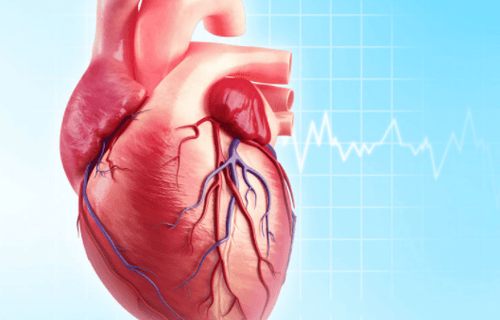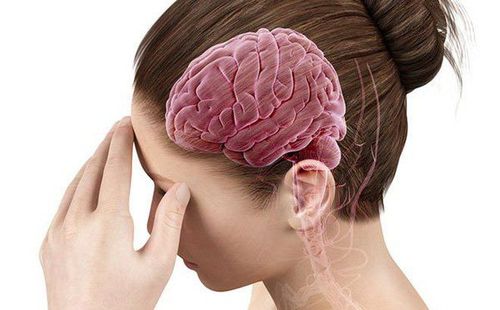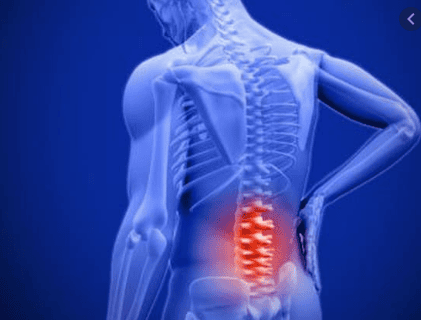This is an automatically translated article.
The article is professionally consulted by Master, Specialist Doctor I Nguyen Thi Thanh Binh - Rehabilitation Doctor - Department of General Surgery - Vinmec Da Nang International General Hospital. The doctor has 30 years of experience in the specialty of Rehabilitation, especially experienced in Rehabilitation of musculoskeletal diseases.A supracondylar fracture of the humerus is a severe injury to the humerus at its narrowest point. This is a type of upper limb injury that is common in children aged 5-12 years, especially 8-year-olds, but rare in adults. This is an extraarticular fracture that accounts for about 10% of all lower humerus fractures and has a higher complication rate than other types of limb fractures if treatment and rehabilitation are not good. Arm fractures do not always require surgery while a cast also helps heal the fracture. However, mobility will be limited if the rehabilitation training for a supracondylar fracture of the humerus is neglected.
1. What is supracondylar fracture rehabilitation?
A supracondylar fracture of the humerus is a severe injury that causes extreme pain. Therefore, this is the reason why the rehabilitation process of fracture on the humerus is limited. When the patient is unable to move the elbow during the fixation process, it can cause the joints to become stiff, limiting the movement of the arm and elbow later on.For this reason, the performance of some rehabilitation exercises for fractures on the humerus of the humerus should be emphasized in parallel with the process of re-fixation, in order to preserve the function of the elbow joint as well as the strength of muscle groups in the arm. The principles of rehabilitation for humeral condylar fractures are:
Create the best conditions for the healing process. Reduce swelling, relieve pain, prevent circulatory disorders, prevent joint adhesions, and prevent regional pain syndromes. (reflex sympathetic dystrophy syndrome also known as Sudeck's syndrome) Maintain muscle strength and joint range of motion, prevent ankylosing spondylitis of the fractured arm Content of the upper fracture rehabilitation exercises humerus can include:
Soft tissue relaxation Improve muscle strength Restore joint flexibility Adjustment of arm and forearm movement Designing appropriate sports A long-term training plan Future
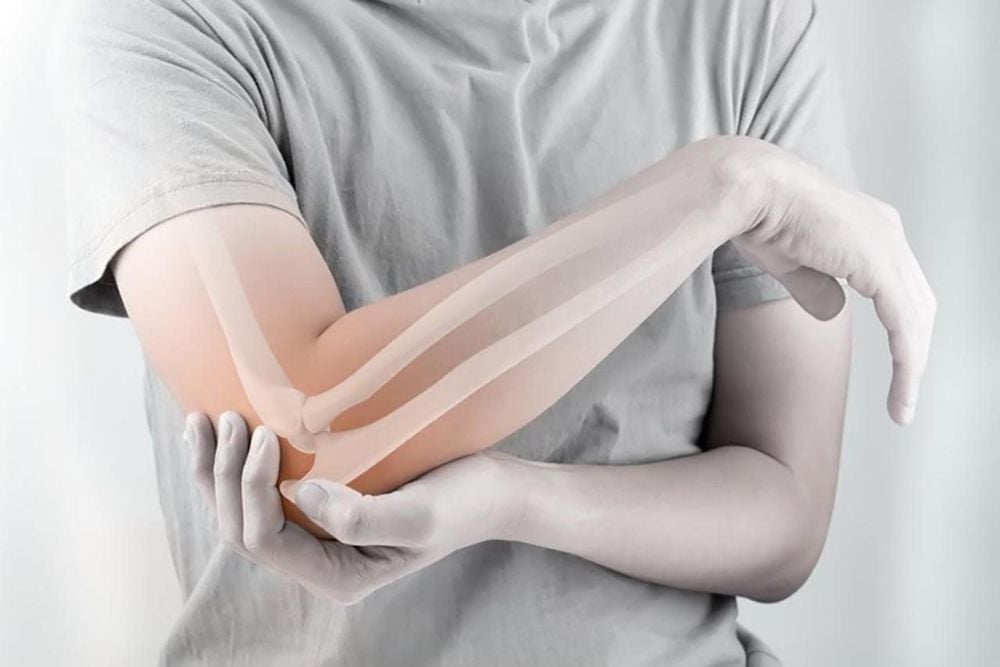
2. What are the rehabilitation exercises for the fracture on the humerus of the humerus?
Exercise in immobilization phase (in a cast, splint)Flexibility movement of the wrist and fingers Static contraction of the forearm in the dough Static contraction of the biceps and triceps in the dough Exercise during the cast-off phase
Purpose of increasing muscle strength weakened by immobilization, stretching contracted muscles, increasing range of elbow joint range of motion, improving circulation of forearm
Deep massage on contracted muscles tighten around joints to break adhesions Increase muscle strength with resistance exercises with equipment or technician hands with increasing resistance Rest exercises to both strengthen and increase muscle strength Elbow range of range of range of motion Therapeutic active exercises to increase elbow, forearm, and hand flexibility The exercises mentioned below are often indicated for patients who need rehabilitation for supracondylar condylar fractures. arm . However, the details of each exercise need to be tailored to each individual, with different fracture characteristics. In general, exercises need to be interwoven, performed 3 times per day for a long time to help restore function in a stable and effective way.
3.1. Elbow flexion Bend the forearm over the arm and straighten it so that the elbow can move as far as it can be. Repeat 10 times as long as there is no pain or any discomfort.
The initial movement can be difficult because the elbow has been immobilized for a long time, so encourage the patient to move slowly, slowly and can stop and stay in the position if it hurts.
3.2 Forearm Rotation This exercise should begin with your hand lying on your back, gripping a short stick. Arms close to torso, forearms forward so elbows are perpendicular and club bar is parallel in front of you.
Keeping the joints in place, just rotate the back forearm for the club bar from a parallel position to an upright position, perpendicular to the floor. Then return to parallel position. Repeat 10 times as long as there is no pain or any discomfort.
3.3. Hand squeeze The aid in this exercise is a tennis ball or similar elastic rubber object.
The patient holds a tennis ball in the palm of his hand and squeezes as hard as possible without causing pain. Each squeeze of the ball should be held for a minimum of 5 seconds and repeated 10 times.
This movement can be practiced with elbow flexion or extension or a combination of both forearm flexion and rotation to quickly improve the flexibility of the elbow joint at the same time.
3.4. Elbow stretch The elbow is placed on the edge of a chair or table top in an extended position. Use the other hand to press down as much as possible if still painless.
The purpose of this exercise is to create tension for the elbow joint and the muscles of the forearm, the back of the arm. Repeat 10-20 times.
3.5. Elbow flexion The pose is the same as in the previous exercise but the elbow joint needs to be flexed to the maximum extent by assisting the opposite hand without causing additional pain.Repeat 10 - 20 times.
3.6. Biceps Stretch This exercise should be done with an upright position, keeping your back and neck straight. The arms are also extended straight behind and place the bracelets on the table or bench for the right height.
Gently lower your body to allow your arms to move further out to create a biceps stretch. When you feel the muscle tension to the maximum, hold for 15 seconds and repeat this movement 4 times.
3.7. Triceps Stretch This exercise begins in a tall standing position with your back and neck kept straight.
The injured side arm is raised to the side of the head with the elbow flexed and the forearm placed behind the neck.
Use the palm of the other hand on the elbow of the injured side to gently push the elbow down and back so that the injured hand moves further down the spine. At this point, the patient will feel a stretch in the back of the arm. Continue to pull down to the maximum and hold in this position for 15 seconds and repeat 4 times.
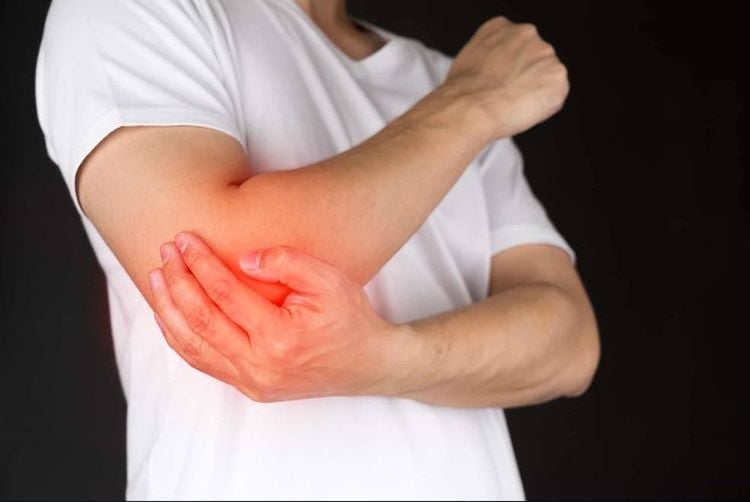
Currently, at Vinmec International General Hospital, there is physical therapy and rehabilitation for patients with musculoskeletal diseases, rehabilitation after fractures and pathological treatment. with modern medical methods, minimizing complications, quick recovery time.
Vinmec International General Hospital is equipped with a system of modern machinery and equipment, effectively supporting the treatment process with a high success rate, helping musculoskeletal, musculoskeletal, and spinal nerves to recover. rehabilitation and mobility. In addition, Vinmec also gathers many good, highly skilled doctors with full practice certificates, along with a team of well-trained technicians who are very dedicated in the process of treatment and rehabilitation. Rehabilitation performs the treatment and rehabilitation process for good results, meeting the needs and desires of customers.
Please dial HOTLINE for more information or register for an appointment HERE. Download MyVinmec app to make appointments faster and to manage your bookings easily.
Reference source: repozitorij.mef.unizg.hr




